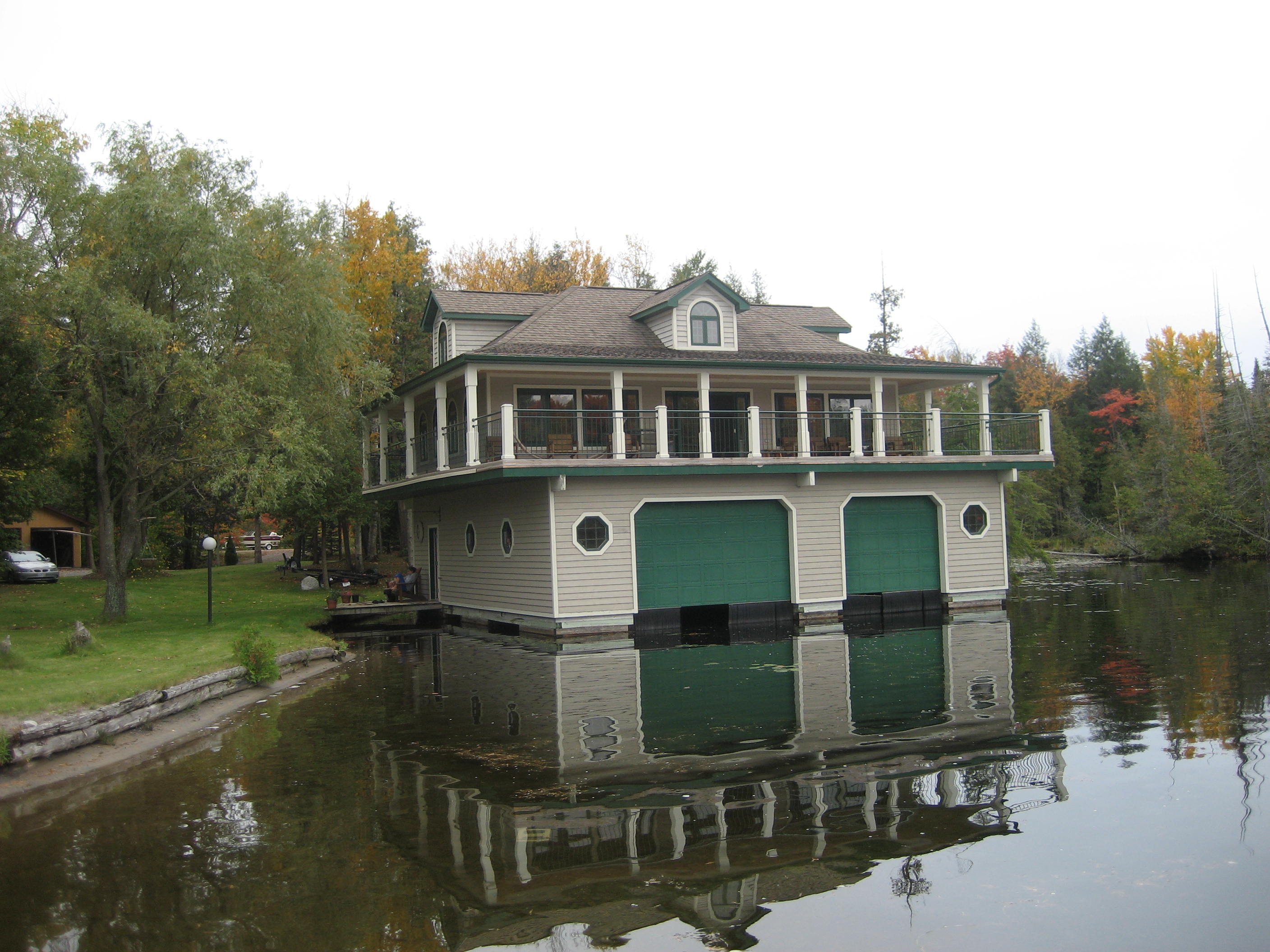Cottage Plumbing Services (705)7335154
Need help with plumbing up at the cottage? Call us. When your opening or closing your cottage or need some plumbing repairs were her for you. You can also set up appointments in spring and fall so we can be there when you are.
Cottage specialists
-
- Looking for a professional plumber in Wasaga Beach, Muskoka, Midland, Peterborough, Orillia, Perry Sound, kawartha lakes? M.A.C. Stewart Plumbing provides quality products and services at your cottage. From our professional “opening” and “closing” services to water and sewer line re-piping and repairing or replacing pumps, we take seasonal emergency plumbing very seriously. Cottage renovations? We got you covered we do all types of complete bathroom remodels and renovations. We install pumps, repiping, pipe insulation, heat to plumbing pipes, Ask us about installing a Heat-Line for winter water.
-
Plumbing cottage Tips for cottagers
-
At some cottages, Dad is around to “supervise” the winterizing jobs. At others, his legacy may be a well-worn list tacked up on the bulletin board. Or maybe you’re the dad (or mom) who will set up the winterizing routine at your new cottage. But whether you’re an old hand or closing up for the first time, a little care this fall will make sure you’re not sleepless in the city through the long winter months.
1. Stay organized
Work from one end of the water system to the other instead of jumping from job to job, and follow a checklist. You’re less likely to miss a step.
2. Turn off the power to the water pump and the hot water tank before draining anything
It’s a whole lot easier to drain the tanks if you’re not continuing to pump water into them. Turning off the power also protects the heating elements in the hot water tank, so they’re not trying to warm water that is no longer there.
3. Tackle the cottage’s interior plumbing first
In an ideal world, all the supply pipes will drain to one point, and the water supply lines will gradually slope down to a single set of drain valves, just as the sewer pipes slope downwards towards the septic tank.
If your cottage isn’t set up this way, you may need to spend an afternoon crawling around under the cottage to discover where all the pipes go and where the valves are.
4. Open the drain valves and make sure all the taps, both inside and outside the cottage, are open
Closed taps can create a vacuum that holds water in the lines. Leave all valves and the taps open over the winter so that any remaining water can drain out.
5. Attach an air compressor to the drain valve
Only if you think there may still be water in the line from improper drainage or sagging pipes, and then blow any excess water back through the open taps.
6. Drain the hot water tank
If there’s no floor drain — if the tank is outside, say, under the cottage — attach a garden hose to the drain valve located at the bottom of the tank. This will allow you to direct the water away from the tank, instead of having it pool around the base.
7. Drain the pressure or gravity tank
If the pressure tank is located somewhere other than below your cottage, such as in the boathouse or a special pump enclosure along the shore, make sure the line supplying the cottage from the tank is also drained. The pressure tank relies on a rubber diaphragm to create and hold the pressure to push water through your cottage plumbing lines. If water is left inside the holding tank, it will freeze and potentially destroy this rubber diaphragm, making the tank useless.
8. If you have a jet pump, remove the drain plug
Let all the water drain between the pump and the pressure or gravity tank. The priming plug should also be removed and stored in a secure spot. Add one to two cups of plumber’s antifreeze (propylene glycol) to the jet-pump case to protect the casing and impeller inside it from freezing. Disconnect the waterline to the pump and pull it onto the shore. Disconnect the foot valve and store it in a secure location where it won’t be damaged.
9. If you have a submersible pump, leave it in the water throughout the winter
A drain valve installed on the waterline just above the lake’s high-water level will let you drain the line from the cottage to where the pipe enters the water, decreasing the chances it will freeze and crack over the winter.
10. Winterize the sewage system
Flush the toilet to get as much of the water out of the tank and bowl as possible. Some water will be left over and can be bailed with a small cup. Add a generous amount — about three cups, suggests Landry — of antifreeze to the tank and the bowl to prevent any remaining water from freezing and cracking the toilet, and to stop sewer gas from venting back through the toilet trap.
Pour a cup of antifreeze down every sink and tub drain, and two cups down shower-stall drains, which have larger traps. The trap under a drain holds water that prevents sewer gas from coming up through the drain.
Call M.A.C. Stewart plumbing (705)7335154




